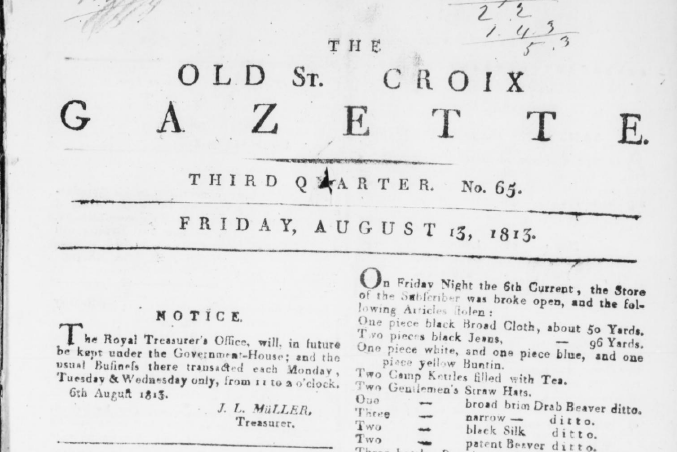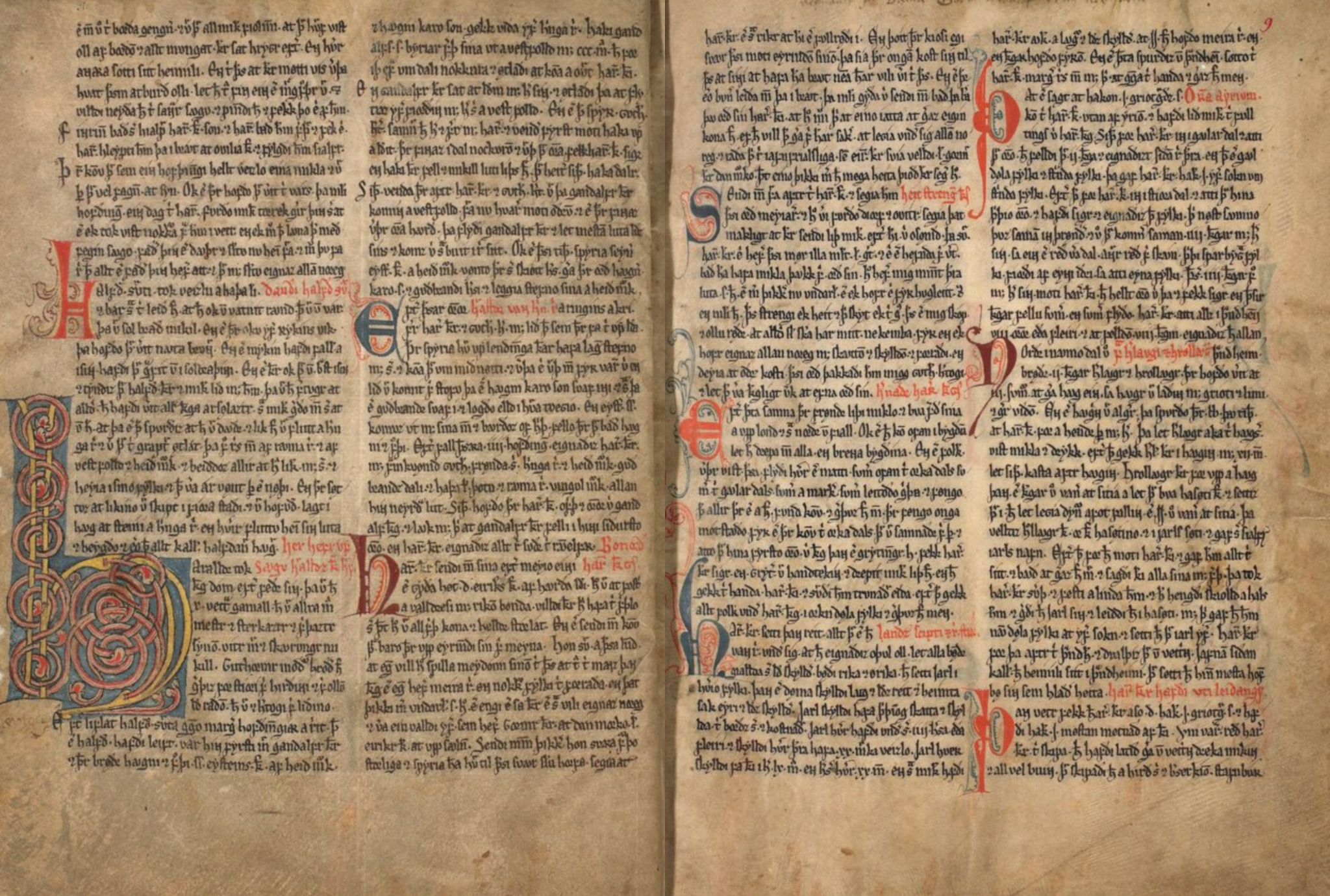Jacobsen, Birgitte. «Colonial Danish». International Journal of the Sociology of Language, vol. 159, 2003, 153-164.
Birgitte Jacobsen’s paper “Colonial Danish” is about the Danish language in the former Danish colonies Greenland, the Faroe Islands and Iceland. The Virgin Islands are not included in this paper. The article is divided into two parts: The first part discusses the differences in the status of the Danish language in the former colonies, and the second part focuses on a “colonial Danish” in Greenland, mainly on a variety of Danish (the so-called “Nuuk-Danish”) that was developed through language contact and is spoken in Greenland today.
Due to historical differences and Denmark’s divergent involvement the three former colonies have very different relations to the Danish language. However, in all these countries the Danish language is a postcolonial phenomenon. On the Faroe Islands the society is bilingual, whereas in Greenland there are many monolinguals in both Danish and Greenlandic. In Iceland, on the other hand, monolingual Icelandic speakers dominate and the Danish language doesn’t play a big role anymore. The paper suggests that the postcolonial Danish in the Faroe Islands has been integrated into the society while in Iceland Danish is no longer of importance. However, in Greenland it is still in the spotlight. The paper refers to a reform of the educational system whereby both Greenlandic and Danish are taught simultaneously in order to develop into a bilingual society.
The paper also addresses „colonial“ Danish words used by Danish speakers in Greenland. One example is the word alk (‘razorbill’) for polarlomvie, which probably has his origins from Hans Egede. The concept of a “colonial Danish” however is not only lexical as the “Nuuk-Danish” demonstrates. The variety has been discussed repeatedly, however, there has never been an extensive study prior to this one. This pilot study consists of class observations, questionnaires and tape recordings. The participants are consisted of the oldest students in primary school and the two youngest classes in the high school in Nuuk, as well as a “control group” from Copenhagen.
Based on the study it was possible to isolate a variety: the “Nuuk-Danish”. In this variety there were differences in the prosody with “peculiar staccato rhythm” and “monotonous intonation pattern” discovered. Furthermore, some speakers switch codes depending on the setting: they speak a standard-Danish in prose reading and “Nuuk-Danish” in group conversations. The paper suggests that the code switching in group conversation is a sign that the „Nuuk-Danish“ can be considered an „in-group marker“. This variety is mainly spoken by young people with either Danish as their first language or monolinguals who have a close relationship to Greenlandic.
Finally, the paper suggests that this new variety spoken by the young generation may be an indicator that the young people have overcome the so-called “neither-nor identity crisis” where you are either Greenlander or Dane. They are now on the way to become a society where both languages, Greenlandic and Danish, are relevant.

